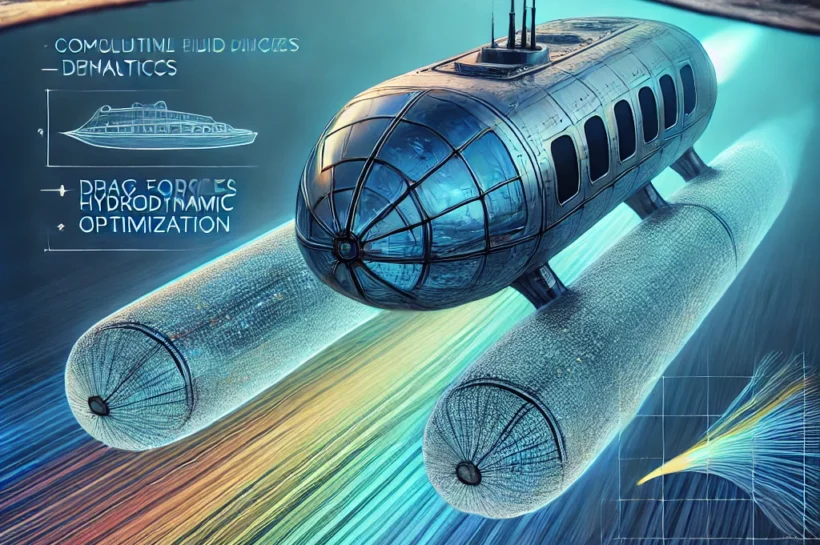
Role of Computational Fluid Dynamics and Advanced Technologies in AUVs
Autonomous Underwater Vehicles (AUVs) represent a convergence of advanced engineering and computational technologies. These vehicles,…
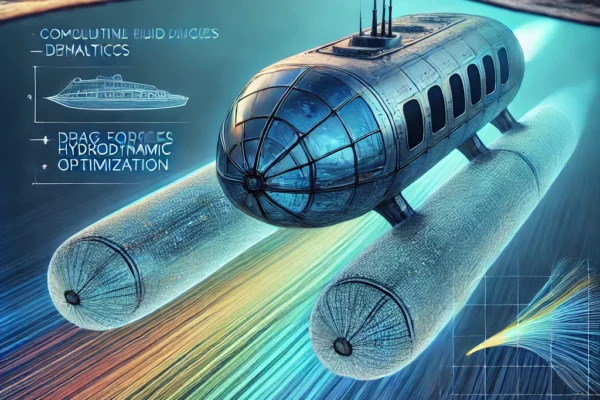
Autonomous Underwater Vehicles (AUVs) represent a convergence of advanced engineering and computational technologies. These vehicles, capable of performing tasks without direct human intervention, are indispensable in deep-sea exploration, environmental monitoring, and industrial inspections. AUV design demands an intricate balance between energy efficiency, maneuverability, structural integrity, and noise reduction. Among the key tools shaping modern AUVs…

Vortex shedding is a critical phenomenon in fluid dynamics with significant implications in various engineering disciplines, including ocean engineering, aerospace, and civil engineering. It occurs when a fluid flows past a bluff body, such as a cylinder, causing alternating vortices to form and detach downstream of the body. These vortices create oscillatory forces on the…

Hydrodynamic simulation stands as a cornerstone in modern ocean engineering, where precision and adaptability are essential to design and evaluate the complex interactions between structures and the marine environment. The process of hydrodynamic simulation involves the numerical modeling of water movement and its effects on various structures, ranging from ships and offshore platforms to underwater…
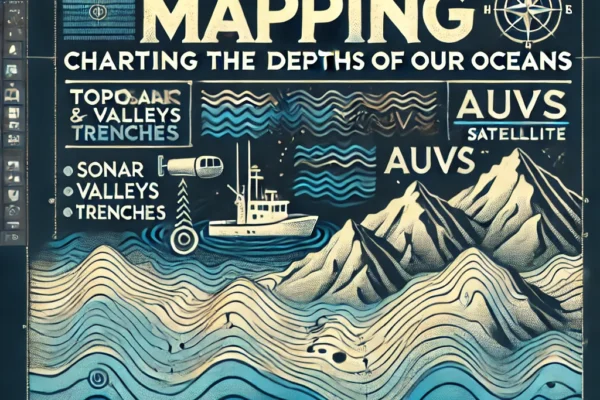
The world beneath the ocean surface is a mysterious realm that holds the keys to understanding Earth’s past, present, and future. Bathymetric mapping, the science of charting the underwater topography, is an essential tool in unraveling these mysteries. It plays a vital role in various fields, including marine science, oceanography, geology, environmental management, and maritime…
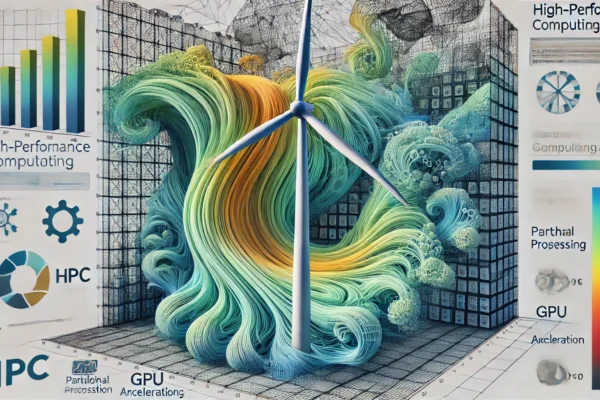
Hydrodynamic modeling is a fundamental aspect of ocean engineering, providing crucial insights into the behavior of water bodies and their interaction with various structures. This field of study employs mathematical and computational techniques to simulate the flow of fluids, particularly water, under the influence of various forces. The primary aim is to predict and analyze…
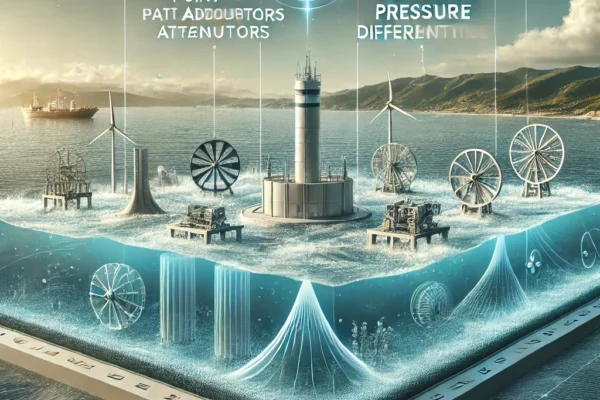
The world’s oceans cover more than 70% of the Earth’s surface, holding an immense potential for renewable energy. One of the most promising technologies in ocean engineering today is wave recovery. This technology captures the energy from ocean waves and converts it into usable power. In this blog, we will explore the intricacies of wave…
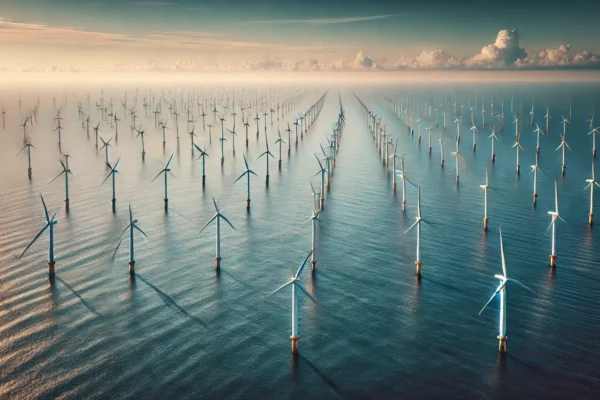
Environmental engineering solutions have become paramount in addressing the myriad of environmental challenges faced by our planet today. With the growing concerns over climate change, pollution, and the depletion of natural resources, innovative and sustainable approaches are needed more than ever. One promising field that has emerged in this context is ocean engineering, which offers…

In the vast and dynamic field of ocean engineering, numerous technologies and components work in harmony to ensure the safety, efficiency, and functionality of maritime operations. Among these, modulating valves stand out as pivotal devices that regulate fluid flow in various marine systems. Though often overlooked, these valves play a critical role in maintaining the…
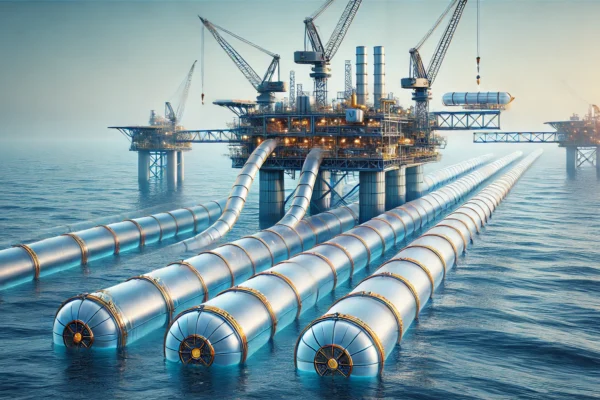
Ocean engineering is an interdisciplinary field that involves the application of engineering principles to the design, construction, and maintenance of structures and systems used in the ocean environment. This field encompasses a wide range of activities, including the development of offshore oil and gas platforms, underwater pipelines, and marine renewable energy devices. One critical component…

In the realm of ocean engineering, where the demands for robust and reliable connections are paramount, the lap joint flange emerges as an essential component. This type of flange is designed to provide a flexible and effective solution for connecting pipelines and equipment in marine environments. Its unique design and functionality make it particularly suited…